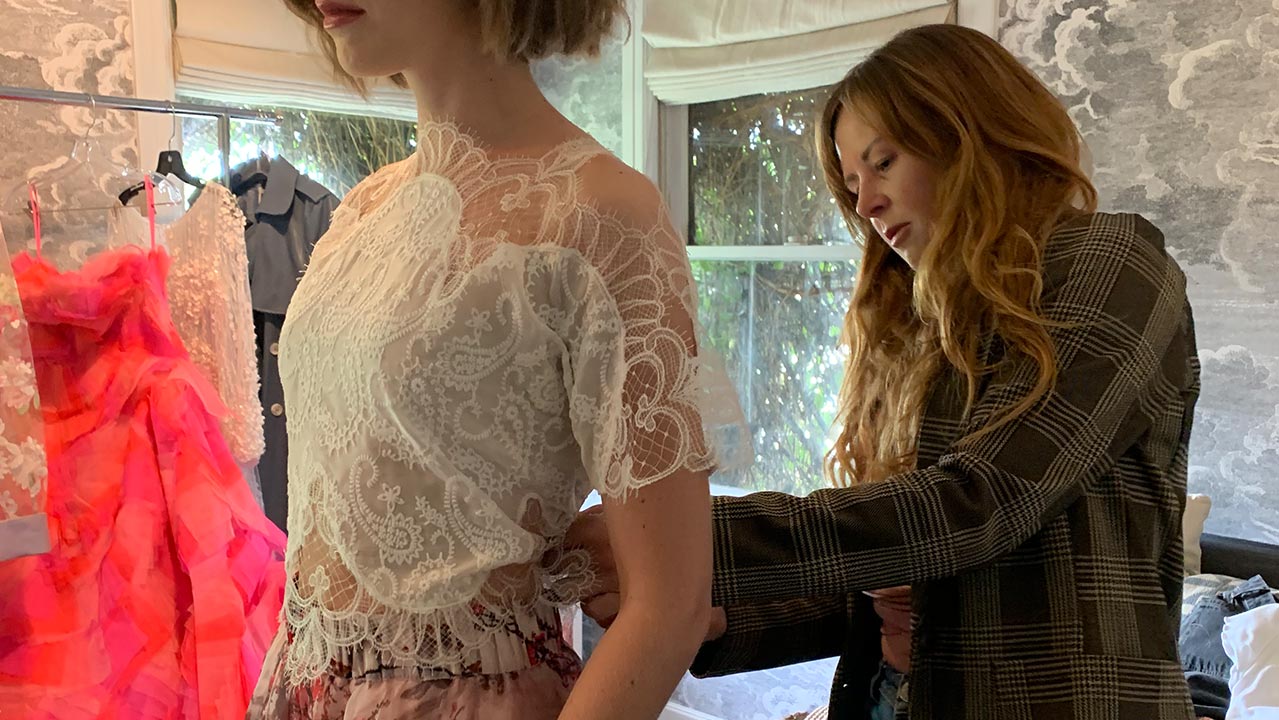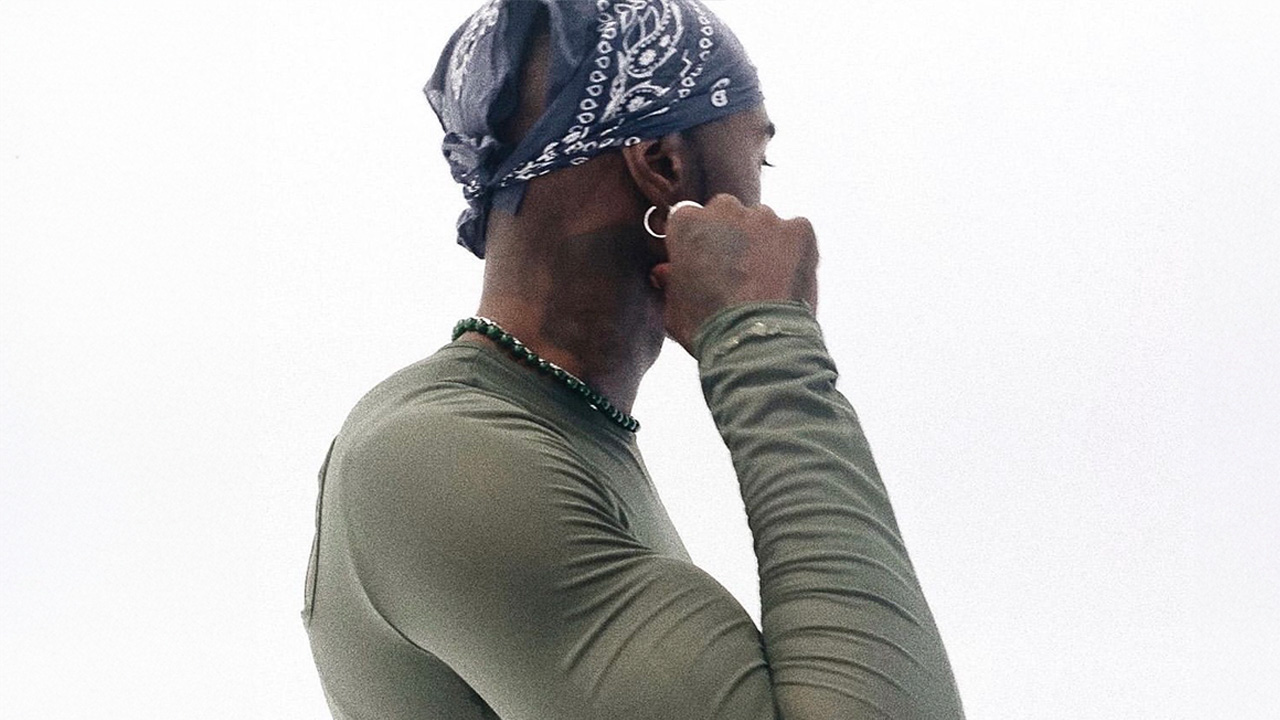
The Changing Definition of Design
We recently chatted with San Francisco Campus Director, V. Kim Wetzel, who is celebrating her 19th year at FIDM in January, to discuss the changing definition of design.
People often think of design as just meaning apparel or graphics. How would you describe design? Good design is about beauty, form, and function. Designing visuals and clothes are only one part of the fabulous world of design. Other than what Mother Nature creates, the business of design includes everything we humans see, taste, hear, touch, and smell.
We live in penthouses, tiny houses, condos, and apartments, drive cars that reflect our favorite colors, eat in restaurants serving cuisines from every culture, take naps in sleeping pods at the office, wear perfume, lounge on sofas, wrap ourselves up in a warm coat on a cold day and someone has to design it all. In other words, design is everything.
According to Fast Company, "Designers are the new drivers of American entrepreneurialism." Can you talk about real world examples of this? Today, there are a number of companies started by entrepreneurs with backgrounds in the art and design arena. The Fast Company article references a number of businesses from the tech industry: YouTube, Flickr, Slideshare, etc.
Another example of an entrepreneur crediting his art and design education for his success is Walter Driver, co-founder, and CEO of the California-based social gaming company Scopeley. The global design community employs graphic and multimedia designers, textile designers, social media and marketing influencers, interior designers and architects, product designers, fixture designer, publishers, retailers, and on and on.
How has design changed in the 21st century? Design in the 21st century allows us to express our personalities and preferences through the product choices we make. The author Virginia Postrel expressed it beautifully in her book, The Substance of Style.
How are companies connecting to their customers today? Social Media campaigns and influencers, customization of products, creating brand communities, and social consciousness. All these ways, and more, invite consumers to join that specific community and create brand loyalty.
FIDM offers so many types of design programs. How do they prep students for the real world? As I see it, FIDM is helping students become diverse, innovative, nimble, adaptive, strategic, and passionate creative and critical thinkers and problem solvers.
Categories: Design Digital Marketing Fashion Design Film & TV Costume Design Graphic Design Interior Design International Manufacturing & Product Development Jewelry Design Menswear Professional Studies Textile Design Visual Communication




